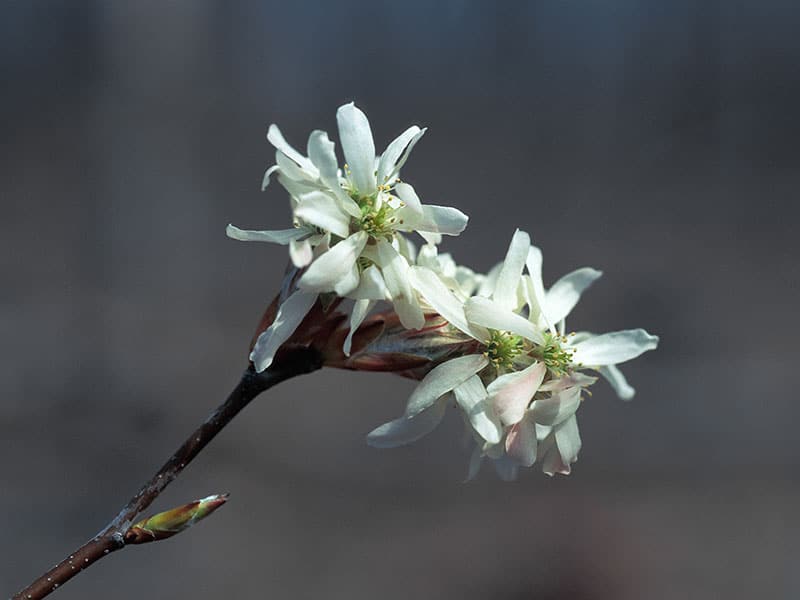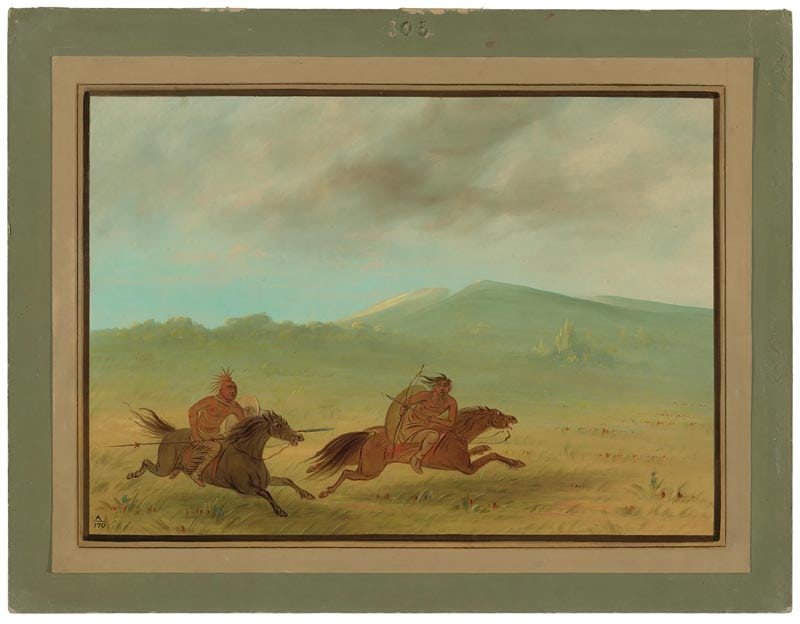Missouri blooms in spring with native trees showing off their glories. Consider adding our native trees to your own landscape. They frequently have the advantage of requiring less water and lower maintenance, and they provide food for wildlife.
While Missouri is beautiful in any season, she especially shines in spring. Look sharp, and you’ll see our native trees showing off. Also consider adding our native glories to your own landscape. Native trees frequently have the advantage of requiring less water and lower maintenance, and they provide food that helps sustain wildlife, including the insects that are critical for our native songbirds, butterflies, bees, and other pollinators.
One example, our native oaks support five hundred species of caterpillars, whereas the imported gingko supports only five. A pair of chickadees needs six thousand caterpillars to raise one brood, says Doug Tallamy, an entomologist at the University of Delaware, who spoke at the Missouri Botanical Garden in St. Louis in 2020. His book, Nature’s Best Hope, encourages homeowners to turn their own manicured yards into conservation habitats for wildlife rather than relying on federal government or policies. Those habitats can still be beautiful.
While many homeowners may still prefer to have some exotic ornamentals in their landscapes, Missouri suffers from several invasive species that were once considered good ornamental selections, such as multiflora rose and bush honeysuckle. The Calley pear tree (commonly known as Bradford pear) is another example. Here, we share the attractions of a few of Missouri’s native trees. Try to spot them in the wild, and consider adding them to your own landscape.
Downy Serviceberry (Amelanchier arborea)
Attractive to birds and people, this tree’s white flowers bloom before the tree leafs out in March or April. The slow-growing small tree reaches 15–25 feet in height and prefers sun to partial shade. Often called Juneberries, the edible berries can be used in jams, jellies, and pies.
Flowering Dogwood (Cornus florida)
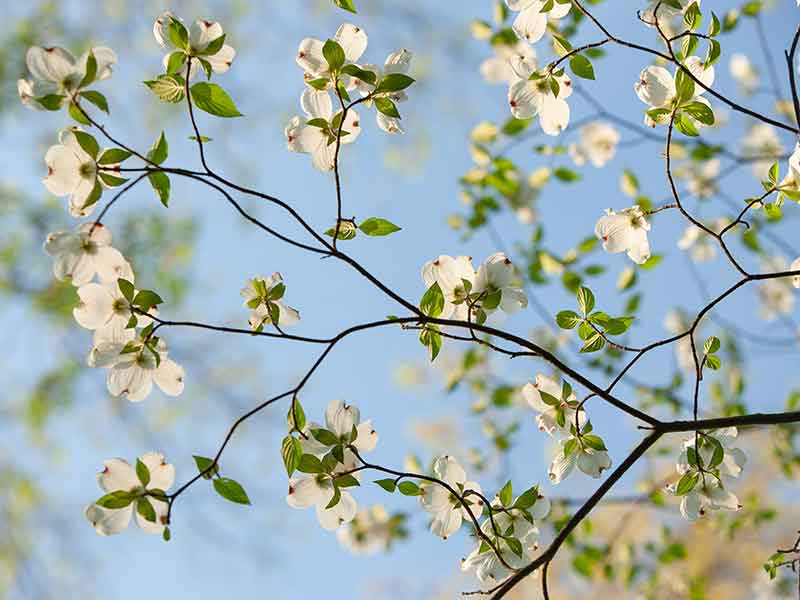
Missouri has five species of dogwood, but flowering dogwood is particularly showy and is our state tree. Its red berries appear from August to November and attract wildlife in the winter. It typically grows 15–30 feet tall and will grow in full sun or partial shade. Some dogwoods may be pink, and the leaves turn to different shades of red in the fall.
Red Buckeye (Aesculus pavia)
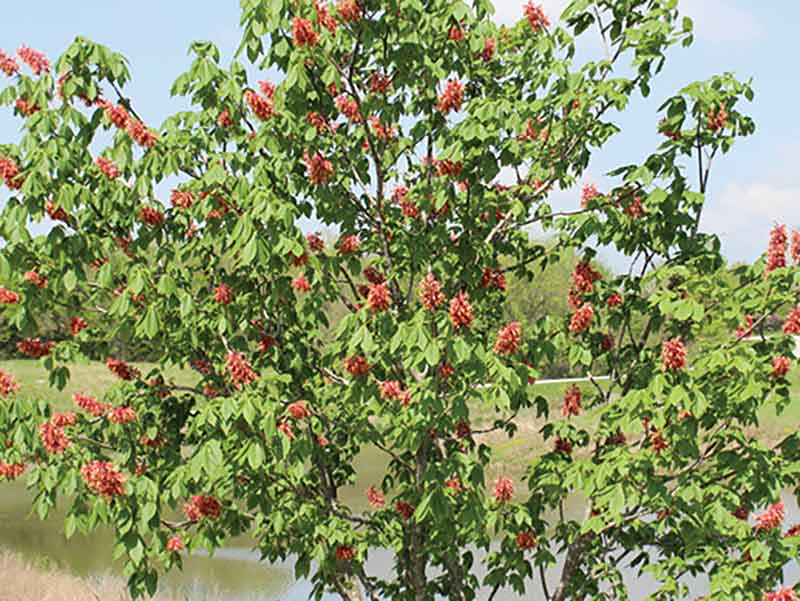
Ruby-throated hummingbirds love this tree’s red spring-blooming flowers. The tree grows in both sun and shade, but it grows slowly and only reaches 10–20 feet in height. Shiny buckeyes, or seed pods, ripen in the fall.
Wild Plum (Prunus americana)
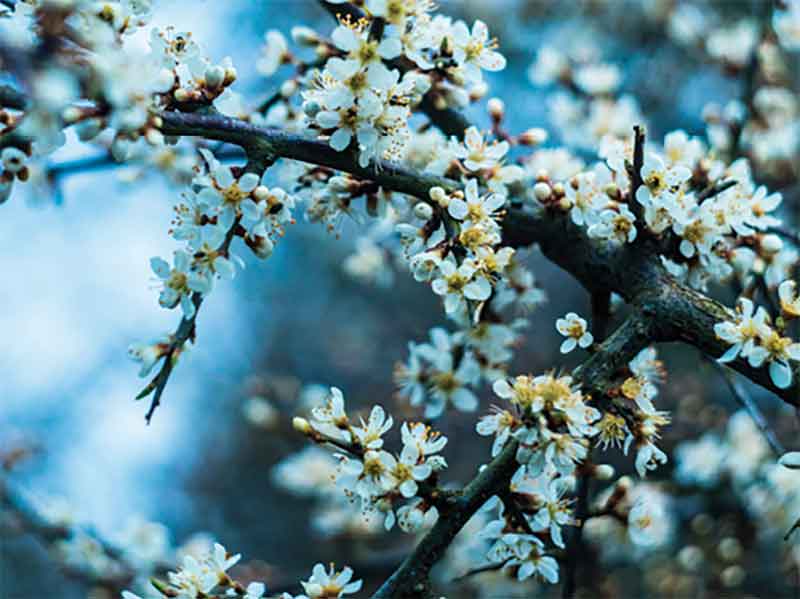
Butterflies like this tree, and it is a host for both tiger swallowtails and red-spotted purples. It grows fast in sun and partial shade and reaches 15–25 feet in height. Some people don’t like the flowers’ fragrance. The fruit is better for jellies and preserves than raw.
Eastern Redbud (Cercis canadensis)
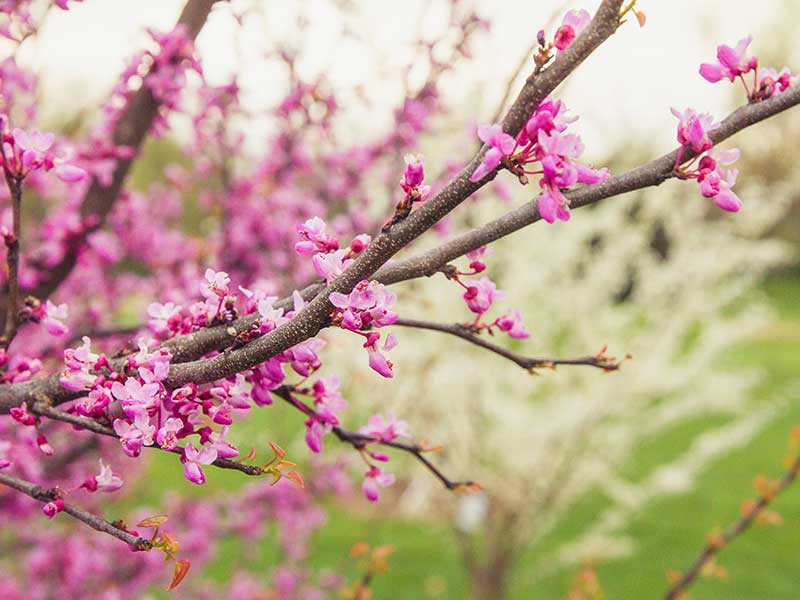
The flamboyant blooms of redbuds proclaim spring has really arrived. The tree blooms in March or April. Typically an understory tree, it can grow 20–30 feet tall. It prefers sun to partial shade. Flat, bean-like dry seed pods mature to brown in summer and may remain on the tree, adding interest in winter.
Fringetree (Chionanthus virginicus)
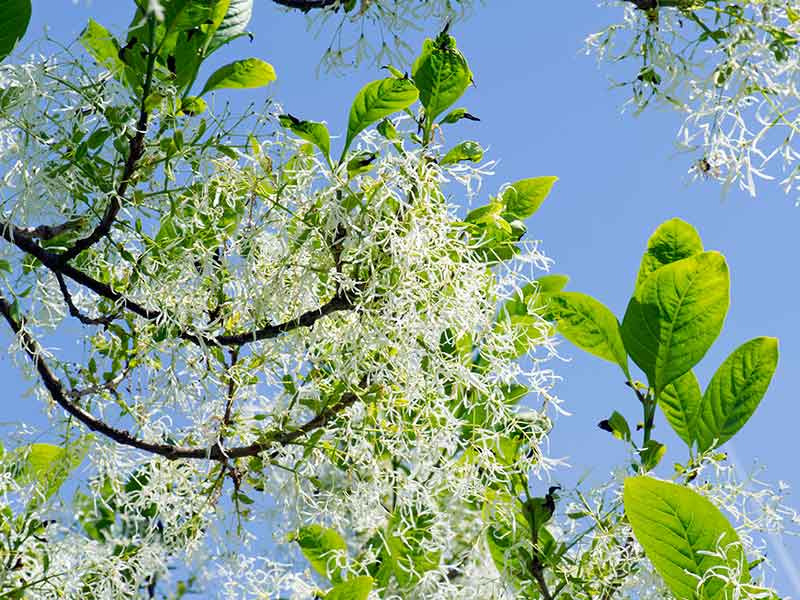
These striking, fragrant, creamy white flowers can bloom from April to June, and the tree will grow in full sun to partial shade. This tree grows slowly to 12–15 feet, but it can reach up to 35 feet in the wild. Fertilized female flowers give way to olive-like dark blue or black fruits in late summer, which birds love.
Pawpaw (Asimina triloba)
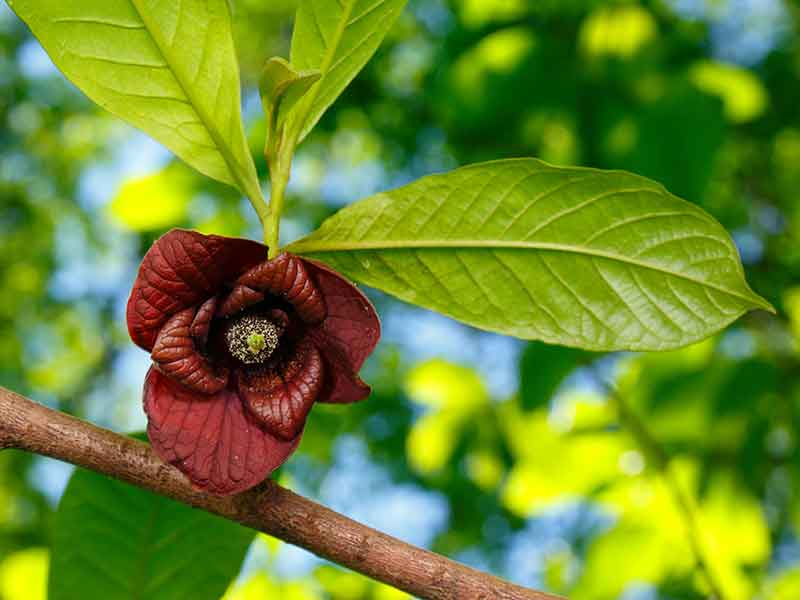
This tree is a host to the zebra swallowtail butterflies and grows well in full sun to partial shade. The edible fruits sustained Lewis and Clark on their return trip, when they didn’t want to stop to hunt. The sweet fruits resemble bananas in flavor and flesh. The tree grows 15–30 feet high.
Photos // Danita Delmont, Tommy Williams, Jon Craft, Twenty20, Lana G, National Geographic Image Collection, Maximilian Weinzierl.
This article was originally published in the 2020 issue of Missouri Life but was updated in March 2023.
Related Posts
10 Books on Missouri’s Native American History
Looking for more reading on the Osage and Missouria tribes? Parts 2 and 3 of our special series are forthcoming in September and October, but in the mean time we highly recommend this selection of books that cover the subject.
Get Familiar With Wood Products Made From Native Trees
Fresh from the family farm, Cedar Creek Hardwoods is bringing the beauty of Missouri native wood to those who want to capture that Show-Me style in their own personal way.

